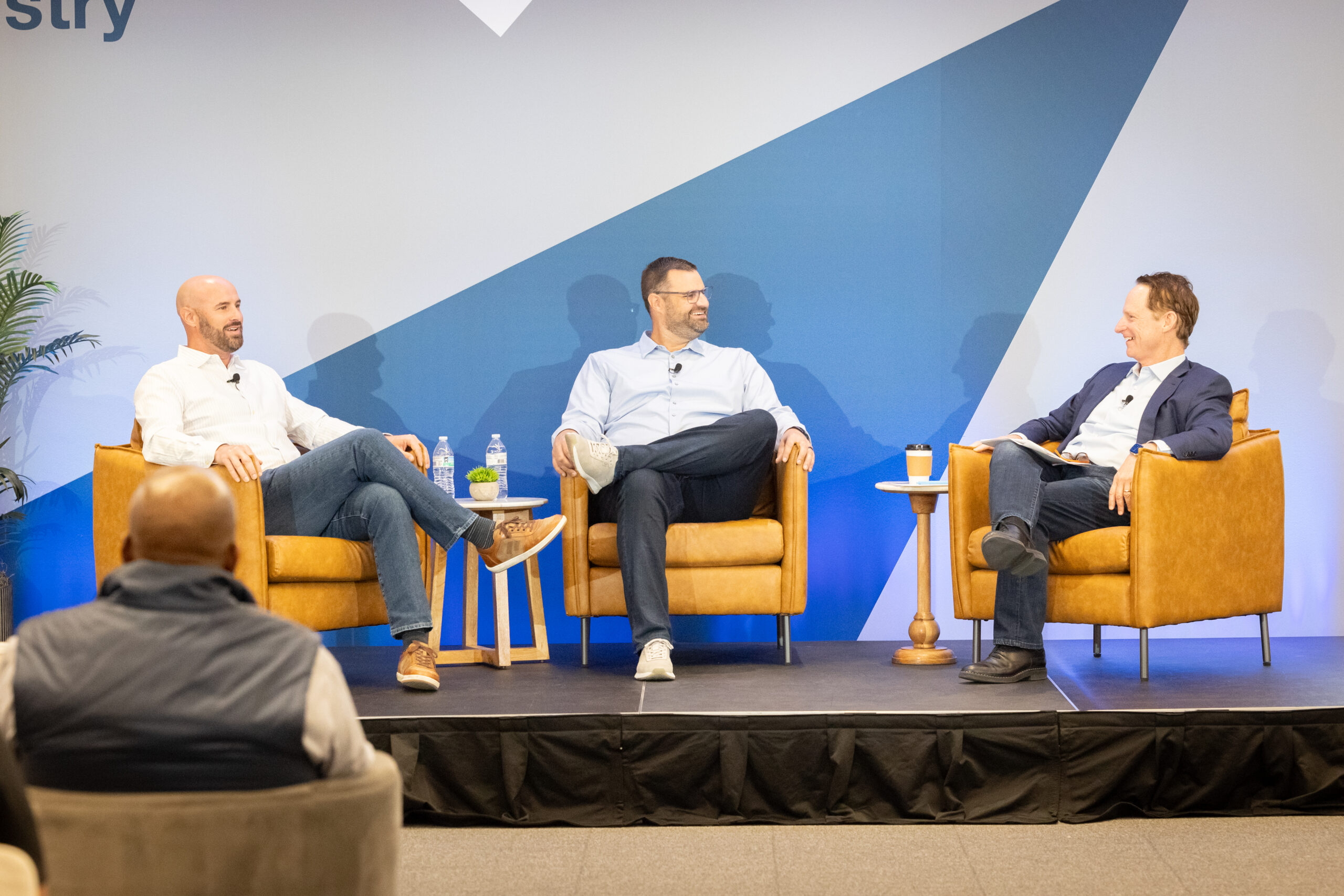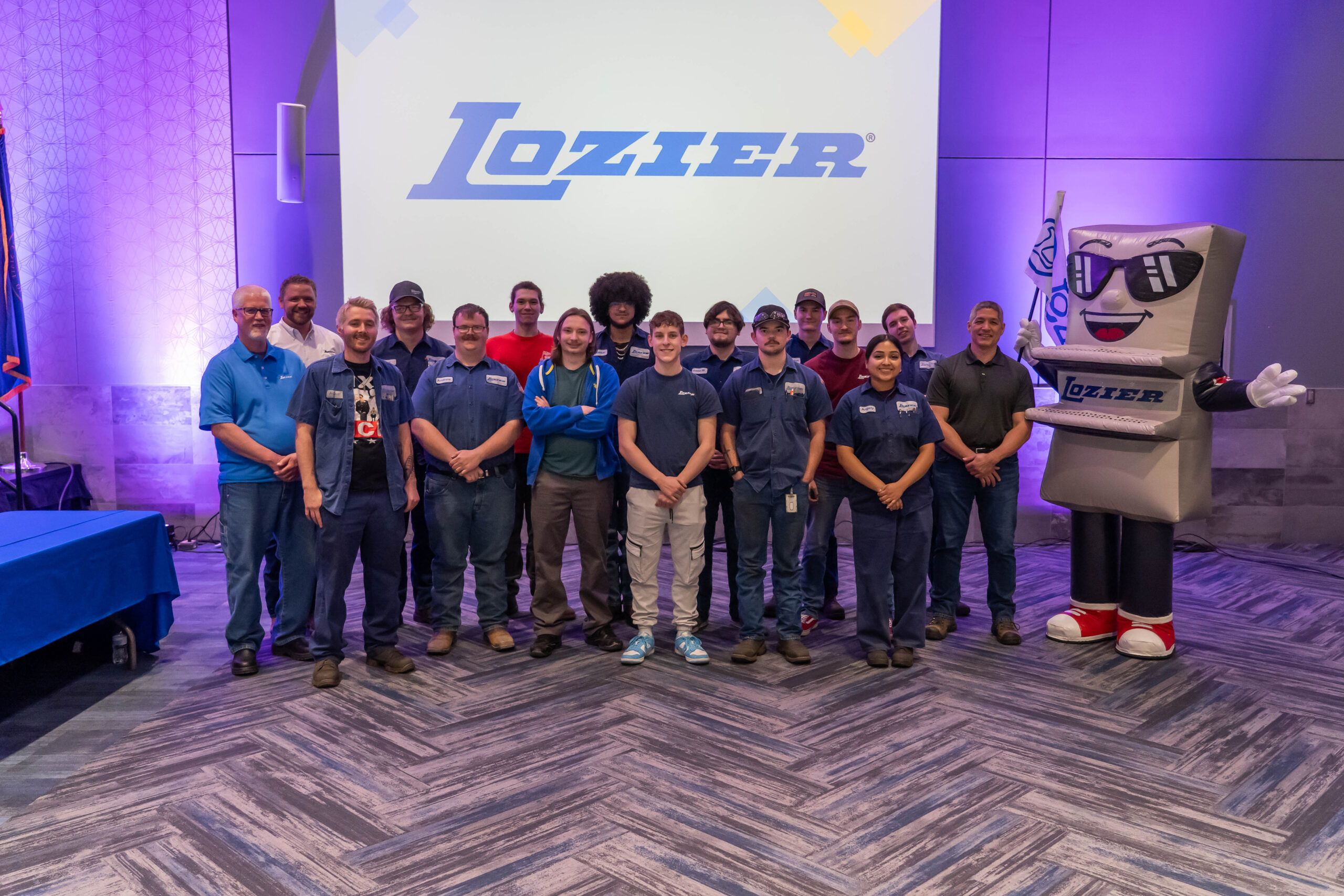

Unexpected Lessons From Iraq: Effective Meetings
- David Silverman
- McChrystal Group, LLC
Meetings are an oft-bemoaned part of life in corporate America: too long, too many and mostly seen as simply a waste of time. But in today’s challenging environment, how your organization meets is crucial to whether you succeed or fail.
As information speeds around the Internet virally, problems crop up more quickly than ever. To avert disaster, companies need to be nimble enough to deal with those problems quickly and efficiently.
A product mishap or a disgruntled consumer can tank your brand overnight. A crisis or natural disaster on the other side of the world can disrupt your carefully planned supply chain. If you’re a growing startup, a competitor can come out of seemingly nowhere, threatening your business.
But in contrast to the fluid dynamics of our operating environment, most of our meetings are legacy concepts — the way things have always been done. (Daily sales meetings here, standing weekly meetings there, monthly reviews, annual boring corporate events, etc.) Furthermore, we don’t even view these forums as an effective place to get business done — we rely instead on sidebar conversations, war rooms to address a short-term crisis and endless one-on-one or smaller group meetings. So it is time to rethink the meeting to address the realities of business today.
Matching the speed of the 21st-century operating environment
I experienced this disconnect in what you might consider an unexpected environment: Iraq in 2004. When confronted with the challenge of a highly networked adversary, our standard operating processes and meetings were woefully inadequate.
Like many businesses, we conducted meetings with the most senior leaders to discuss high-level strategies; then each leader passed on information and guidance down to their subordinates, who would in turn pass it on to their subordinates in a series of smaller and smaller meetings that took nearly all day.
Not only were these meetings time-consuming, but they created a kind of game of telephone that filtered out more and more context and intent along the way. The message that finally got to the operators on the ground could be very different from what senior leaders initially intended. Even worse, by the time the information reached the folks on the ground, the problem had often changed; the enemy had moved on, the target was irrelevant and we were two steps behind.
Corporate America faces similar challenges. Those on the ground and closest to the problem have great operational context (whether that’s how a product is doing, how customers are reacting, etc.). But by the time that information has made its way up the chain of command, senior leadership has made a decision and that guidance has been filtered back down — it can be too late. Running things up the hierarchical flagpole and waiting for garbled direction to make its way back down is simply too slow and error-prone of a process for today’s world.
Those flagpoles are not the only issue — most teams in today’s business environment are incredibly siloed, and tend to focus only on their piece of the problem. However, almost all challenges organizations face today are complex and interdependent; no one team or single person has all the answers, yet cooperating across geographic distance and functional groups can be difficult.
Learning as an organization
So what’s the solution? In our view, organizations need to be incredibly adaptive, agile and collaborative to meet 21st-century challenges and opportunities. Information needs to be shared widely and individuals need to be empowered to act quickly on their own.
Thus, the rate of organizational learning is critical. Businesses need to learn in real time. Intelligence needs to come from the bottom up. Opportunities need to be seized, challenge mitigated and the collective wisdom and experience of the entire team harnessed.
To achieve this, we have to create continuous organizational feedback loops that are much faster than the traditional hierarchical processes. To open these loops, we must tear down flagpoles and silos, and harness the perspective and knowledge of all teams and functional groups within the organization at the same time.
Managing that enterprisewide learning process requires discipline, focus, transparency and accountability in how the organization communicates and makes decisions. One method to create this may surprise you — a very large meeting. We call it our “keystone forum.”
The power of the keystone forum
The keystone forum is a single meeting for everyone to hear the same information and context. This provides the transparency, information and guidance necessary to empower people to action outside of that meeting and creates an organizationwide shared conscience that is unique in business today. We have found that the concept, similar to the “business performance review” meeting popularized by Alan Mulally at Ford, is incredibly successful.
What differentiates a keystone forum from any other large meeting is the discipline, standards and thought that go into its creation and execution. Everything from the agenda to the leadership’s behavior must be incredibly intentional and purposeful — otherwise it will degrade into just another ineffective meeting.
Attendance, agenda, frequency, technology, follow-up and interaction are crucial to making a keystone forum work. In Iraq, we met every day for 90 minutes and almost 7,000 people joined the call. We installed state-of-the-art technology to allow video-teleconferencing for more personal connections. We crafted a purposeful agenda — and stuck to it. It wasn’t just a “report up”; it was truly designed to be a “report across,” focused on generating cross-talk and sharing context to connect the efforts of teams that otherwise wouldn’t interact.
This worked well in the military, and our clients, like Intuit, Scotts Miracle-Gro and others, have also found success with their own versions of the keystone forum. Each forum looks different at every company — some are monthly, some weekly, some have 100 participants and some have 500 participants.
They were all designed and customized to fit the cadence and needs of their respective industries, but all of them have elements in common:
- A review of action items from the last meeting
- A review of key business metrics
- Overview and/or reminders of strategic context from the senior leader
- A sharing of new information about the external and internal operating environment (competitors, regulations, political/social dynamics)
- Updates or lessons learned from teams and functional groups since the last forum
- Documentation of action items, assignments to owners and commitment to follow-through engenders effective execution and results and ensures accountability
The importance of transparency and leadership behaviors
All successful keystone forums have another thing in common: disciplined personal and digital leadership behaviors. When running a large forum, it is essential that both the leader and the presenters model certain behaviors, especially if the meeting is virtual.
For the leader:
- Clearly communicate and reiterate the main intent and priorities of the organization. It may be obvious to you, but it’s probably not to those lower down in the organization.
- “Thinking out loud” or walking through your thought process is essential so others can see how you make decisions and what’s important to you.
- Drawing connections between presentations is also essential — everyone needs to see how disparate efforts come together, and it’s your job to connect the dots.
- Encourage open dialogue, and even go as far as planting a dissenting opinion to model for others that it’s OK to challenge leadership’s views.
- Empower presenters and give them confidence. Know everyone’s name and ask questions, even if you may know the answer. Always ask for their and others’ opinions.
- Remain calm when receiving bad news — getting this feedback is essential for organizational learning, and the organization will mirror your behavior.
All of these behaviors may feel uncomfortable at first, but they are critical to setting the right tone for the sharing and collaboration that needs to take place.
Ultimately, transparency is essential to the successful execution of a keystone forum — without it, the meeting becomes a good-news-only cheerleading session where real issues aren’t discussed and decisions aren’t made. That might mean a big adjustment in personal behaviors and willingness to be vulnerable in front of a large audience, but it will inspire real discussion around what went wrong and how to avoid similar mistakes in the future.
With time, the keystone forum should help your organization build trust, communicate better and more efficiently, empower decision-making and rapid execution at all levels of the organization, and arm you and your team to face the challenges of the 21st century.
David Silverman is the founder and CEO of CrossLead and a former U.S. Navy SEAL.
More Articles and Videos

Fireside Chat with Dave Thrasher, Dan Thrasher, and Dave Whorton
- Dave Thrasher, Dan Thrasher, & Dave Whorton
- Supportworks and Thrasher Group

Get Evergreen insight and wisdom delivered to your inbox every week
By signing up, you understand and agree that we will store, process and manage your personal information according to our Privacy Policy






